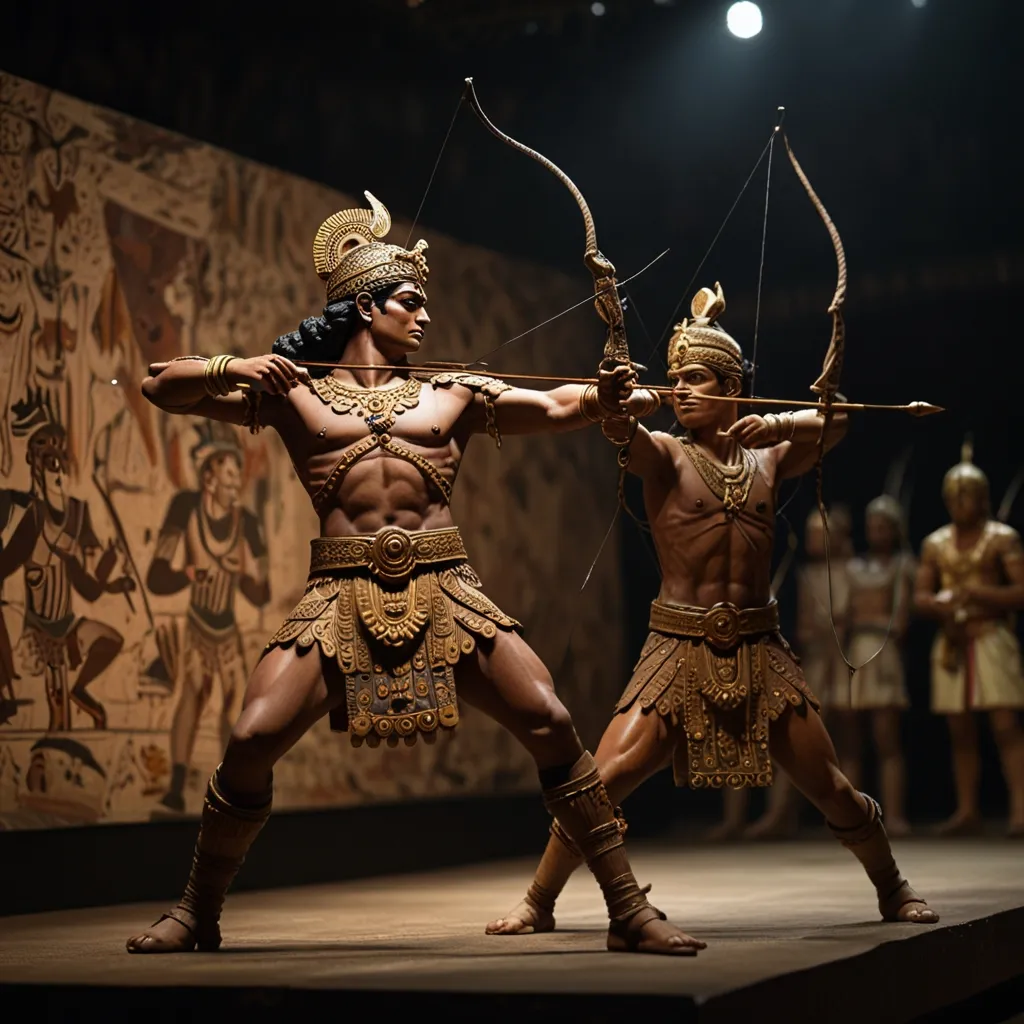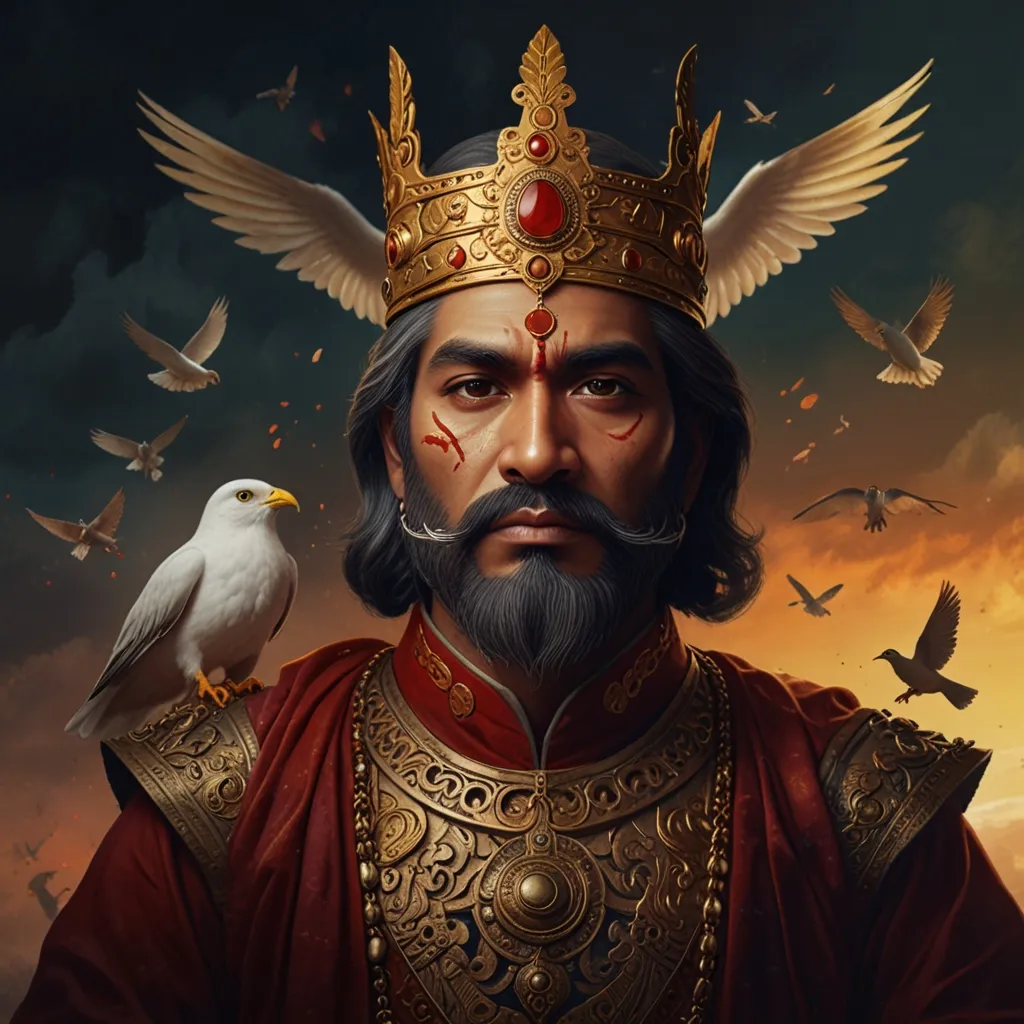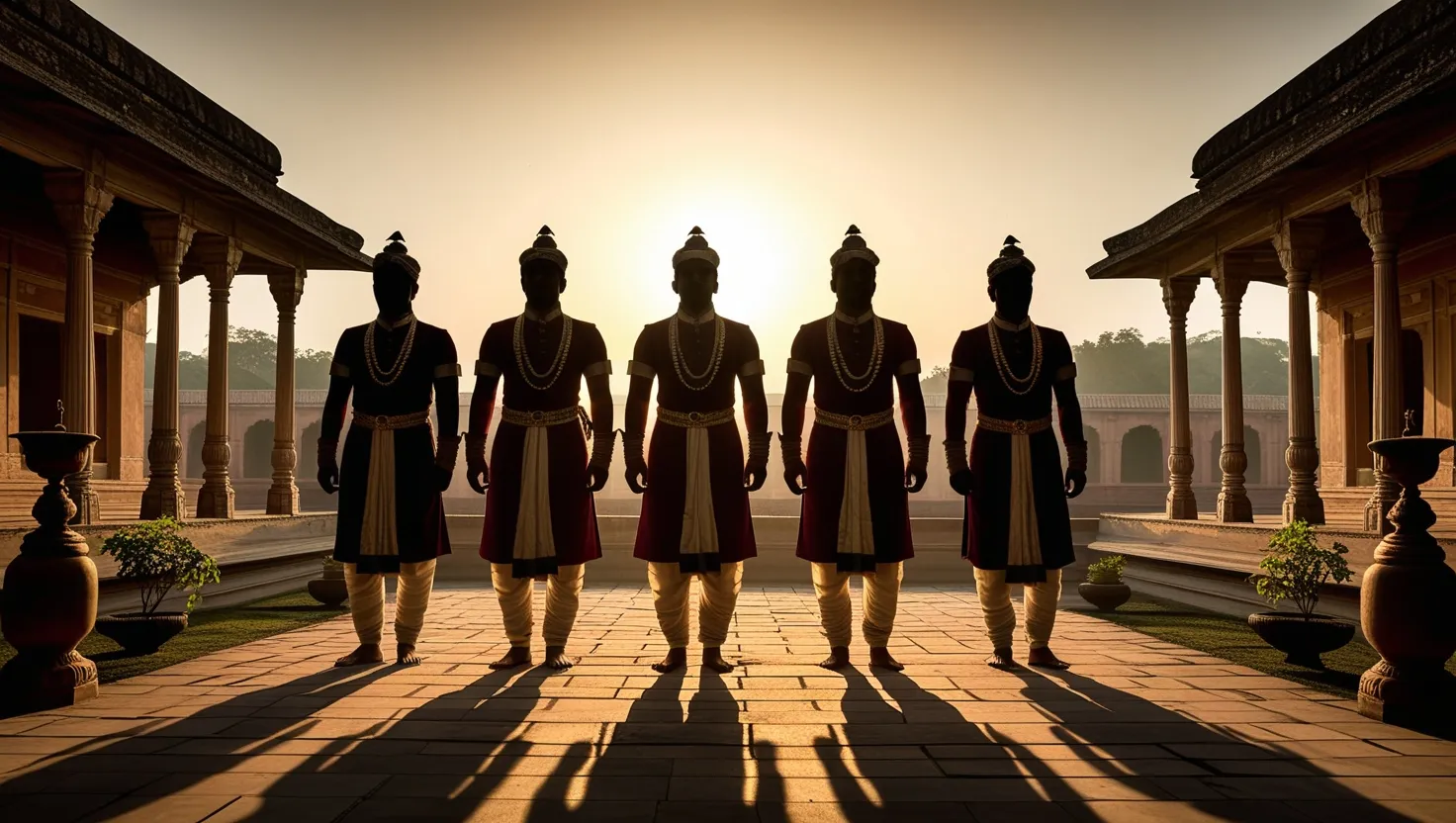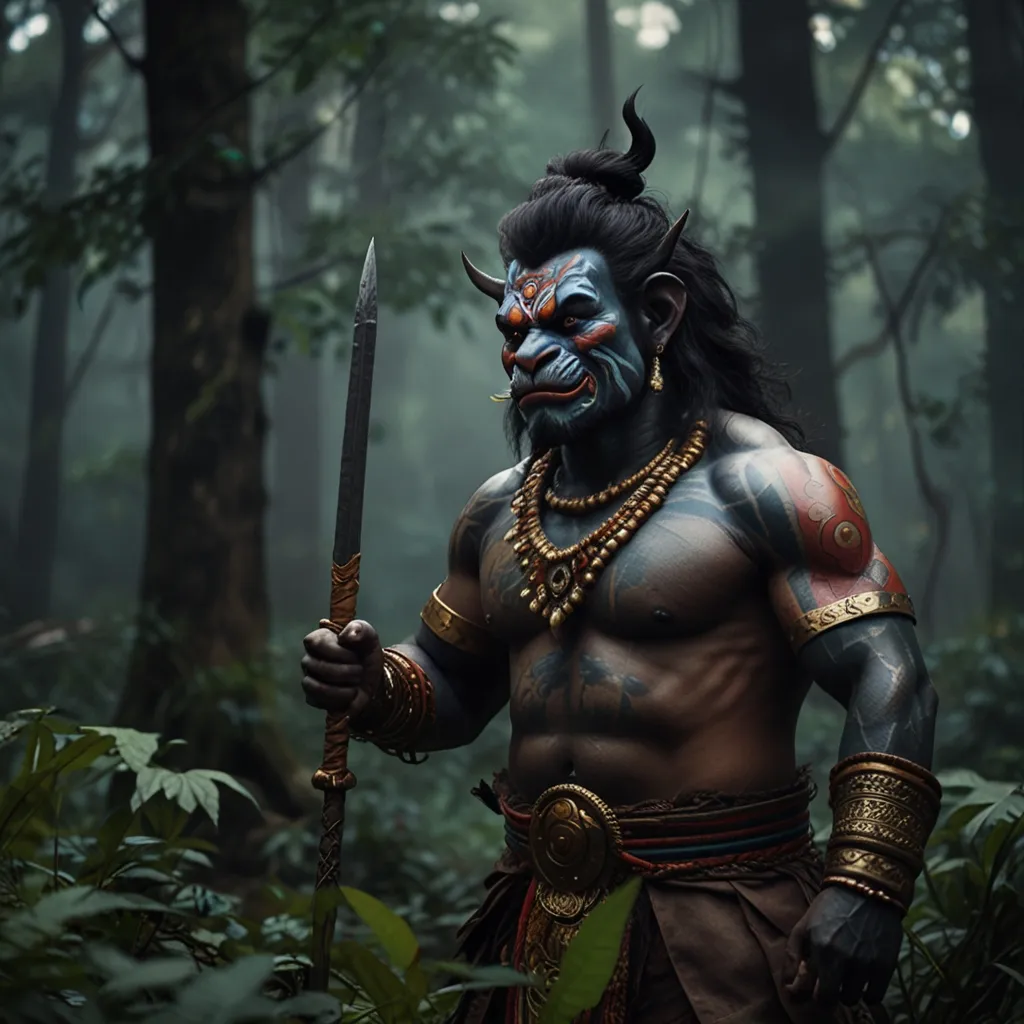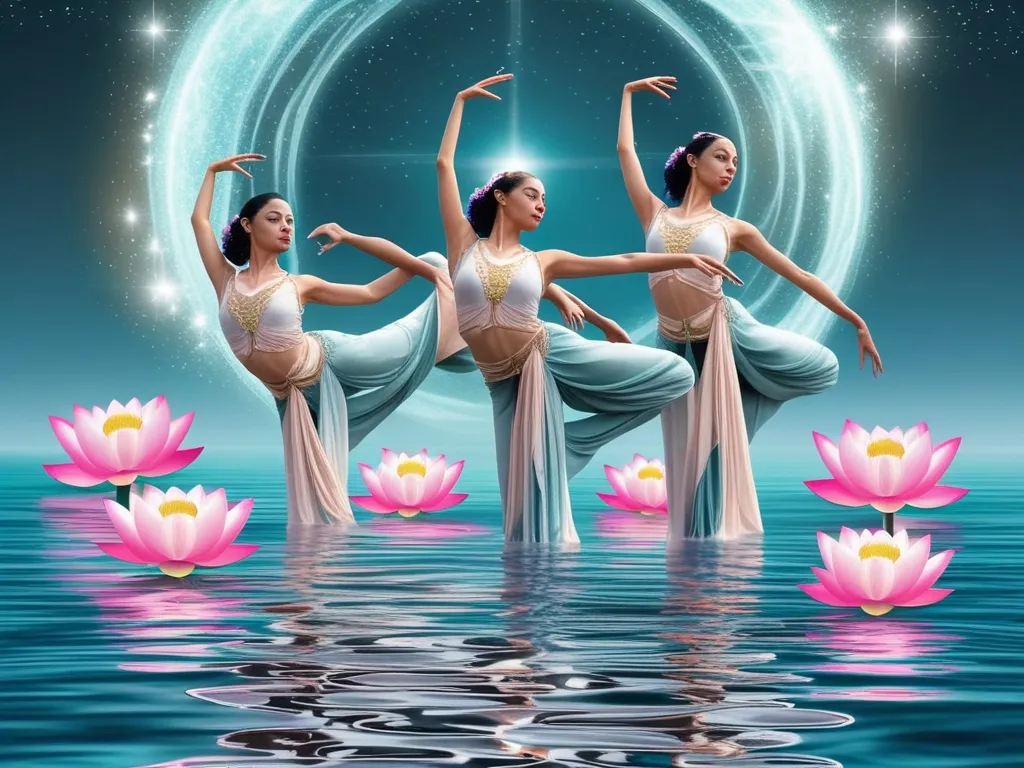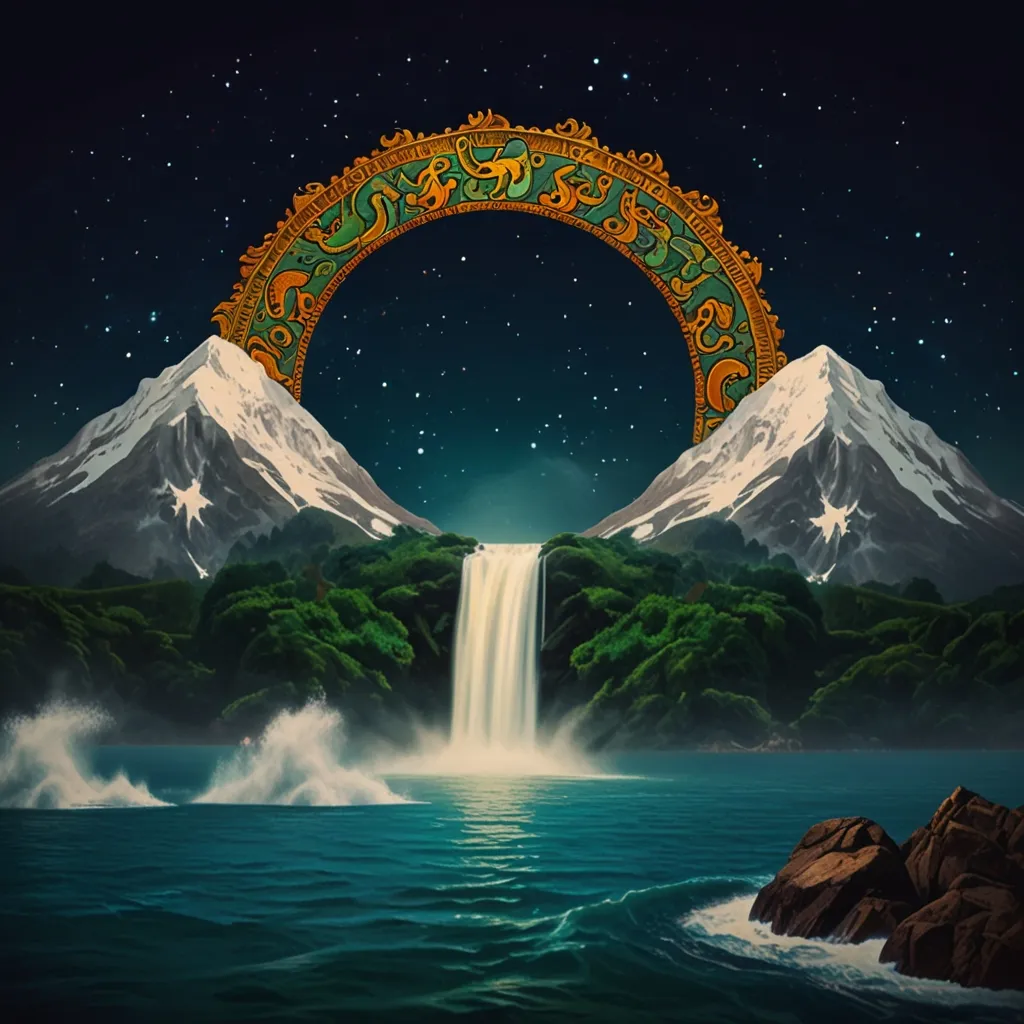In the vast and colorful history of the Mahabharata, there’s an unforgettable chapter that stands out—the grand “Exhibition of Skills” held in Hastinapura. Imagine the bustling kingdom coming alive with excitement as crowds from all corners gathered to witness the Kuru princes flaunt their martial talents. Picture it: a mix of a high-stakes talent show and a royal fair, where everyone is on edge to see who emerges as the top warrior.
The Kuru princes were no ordinary bunch. We’re talking about the likes of Duryodhana, Dushasana, and their ninety-eight siblings. These guys had been drilled in combat by none other than the legendary warrior Drona. They knew their spears from their swords, and their confidence was through the roof. Years of intense training had prepped them for this very moment to shine.
But the real crowd-pullers were Arjuna and Karna. Arjuna, the third of the five Pandava brothers, was already a famed archer. Drona had trained him too, but he had something extra—a natural flair and an obsession with perfection that made him stand out. On the flip side, there was Karna, a man shrouded in mystery, who was an archery prodigy as well. Karna’s origins were humble, but his skills were anything but. He had a point to prove and didn’t intend to let his background clip his wings.
The event kicked off with the Kuru princes showcasing their might. There were swords flashing, spears flying, and arrows darting through the sky. Every prince took their turn to impress the onlookers, demonstrating precision and power. Yet, the real magic happened when Arjuna and Karna walked onto the field. The air buzzed with anticipation.
Arjuna was phenomenal. His arrows found their targets with remarkable ease, and each release from his bow left the audience gasping. His agility and speed were something to behold. Every maneuver was calculated and flawless, a true testament to his rigorous discipline and raw talent.
Then there was Karna, who simply stole the show. His performance felt almost surreal. Karna’s arrows didn’t just hit targets; they obliterated them, and did so with a graceful fluidity that left spectators in awe. Whispers of admiration rippled through the crowd; his display of skill was nothing short of legendary.
But this exhibition wasn’t solely about martial skills. It was a proving ground. The princes wanted more than just applause; they sought recognition and respect. For Arjuna and Karna, this was their golden ticket to being seen as the crème de la crème of warriors.
Yet, beneath the grand show of pageantry, there was a simmering tension. This wasn’t just about admiration; it was a rivalry, pure and simple. Arjuna and Karna weren’t just putting on a display—they were silently dueling for supremacy. The seeds of a fierce competition were sown, foreshadowing the monumental conflicts leading up to the Mahabharata’s great war.
The Exhibition of Skills was a defining moment, setting the foundation for future epic battles. Every skill displayed and every arrow shot held deeper meanings and signified future conflicts. For Arjuna and Karna, it wasn’t just about basking in glory but also about preparing for the challenges that lay ahead.
The grandeur of this exhibition is etched in the memory of the Mahabharata, not just as a flamboyant event, but as a pivotal moment that underscored the strengths, weaknesses, and the brewing rivalries among the Kuru princes. Arjuna and Karna’s extraordinary talents became the talk of the town, and their legacy began to take shape in the minds of everyone present.
As the echoes of the event faded, its significance only grew, knitting into the very fabric of the great epic. The Exhibition of Skills wasn’t merely a spectacle; it was a whisper of what’s to come, a preview of the trials and heroics that would shape the destiny of a kingdom.
